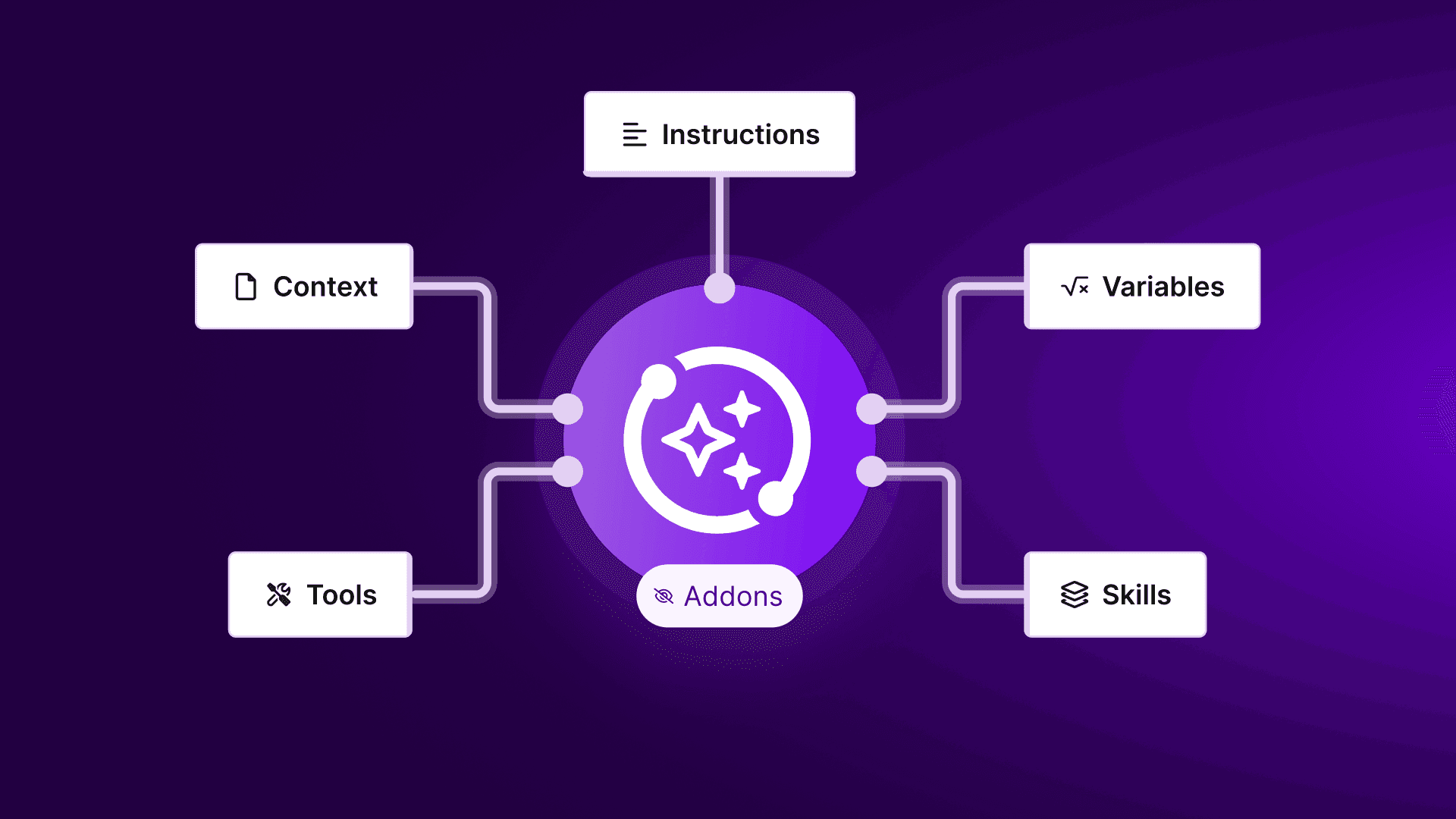10 min
The Future of AI Agents: From Widgets to Workforces
Current state:
AI agents today are no longer just chatbot toys or LLM wrappers.
They’ve crossed the threshold from passive Q&A bots to autonomous digital workers.
No more canvases. No more duct-taped tools. No dev teams required.
Agents can now:
- Be cloned, customized, and deployed in minutes.
- Connect to tools like Stripe, Notion, Slack, and Cal.com out-of-the-box.
- Understand context, environment, and platform — without configuration.
But we’re not stopping here.
I. Where We Are
The Old World (Dead):

- Drag-and-drop workflows
- Dev-led integration pipelines
- Static bots with brittle logic
- Zero monetization baked in
The New Baseline:



- Prompt-to-agent workflows — just describe the outcome
- Zero onboarding friction — agents are deployable from first click
- Environment-aware behavior — responds differently on Web, Voice, WhatsApp
- Plug-and-play interactions — calendars, lead forms, buttons, APIs, voice
- No-code intelligence layer — fallback rules, tone control, model routing
- Native monetization — deploy under any domain, sell, track, transact
This is no longer theory. It’s here. The foundation is laid. Now comes the evolution.
II. What Comes Next: Future-Ready Agent Capabilities
🔁 Templates by Role

Beyond bots — end-to-end workflows, per department.
Sales = Qualify → Pitch → Book → Stripe
Marketing = Capture → Enrich → Nurture
Ops = Notify → Sync → Automate
CS = Escalate → Solve → Follow-up
Research = Fetch → Summarize → Cluster
→ Templates won’t be files. They’ll be resellable, dynamic agent playbooks.
🧠 Agent Workforces (Multi-Agent Chaining)

One agent is good. A team is inevitable.
“Agent A fetches → Agent B summarizes → Agent C acts.”
- Agents will coordinate with one another — across roles, tasks, and logic.
- Delegation becomes the default.
- Agents specialize, communicate, and hand off based on outcomes.
→ Multi-agent collaboration will be the norm, not a bonus.
🗣 Voice-First, Language-Native Agents



Full-stack, native-language, voice-ready systems.
- Real-time voice-to-text and response
- Dialect and tone-aware (Arabic, French, Urdu, etc.)
- Channel-native UX (IVR on voice, brevity on WhatsApp, interactivity on Web)
→ Especially critical in emerging markets where typing ≠ default.
⚙️ Prompt-to-Backend Infrastructure




Your backend? Prompt-generated.
- Describe what you want: “Track signups weekly in Airtable”
- Auto-generate SQL, JSON, auth, and integrations
- Hook into Supabase, Firebase, Notion, or Airtable in seconds
→ Apps won’t be built. They’ll be prompted into existence.
🌀 Vibe Agents for Builders


From idea to deploy — in vibes.
- Devs type raw intent + tool hooks → working AI assistant
- Local testing, CLI deploy, browser playgrounds
- Inspired by indie tooling. Powered by real infra.
→ Devs won’t wire things anymore. They’ll vibe it into code + logic.
🔗 Scheduling + Smart Agent Linking

Agents that coordinate meetings, then act.
- Bookings that trigger next actions
- Example: “After a call is booked, send Stripe link, log to CRM, and follow up in Slack”
- Shared memory, chained triggers, calendar-first UX
→ Conversations become workflows. Meetings close loops.
🧠 Memory Graphs & Agent OS

From tools to thinking systems.
- Agents remember user history, goals, feedback
- Plan across tasks, update autonomously, adjust behavior
- Embed memory graphs and long-term learning
- Token-efficient, feedback-optimized, role-aware
→ This is the foundation of the Agent Operating System.
III. The Strategic Shift
✅ Dead:
- Workflow spaghetti
- Dev-built automation
- Isolated single-function bots
✅ Emerging:
- Prompt-native agents
- Auto-chained digital workers
- AI-ready backends
- Language- and platform-aware assistants
- Embedded monetization
IV. Final Word
We’ve entered the post-builder era.
Agents that understand, act, learn, and get paid are now possible.
This isn’t about building bots. It’s about orchestrating systems that work for people.
Agents are no longer an interface.
They’re becoming the infrastructure behind everything.
